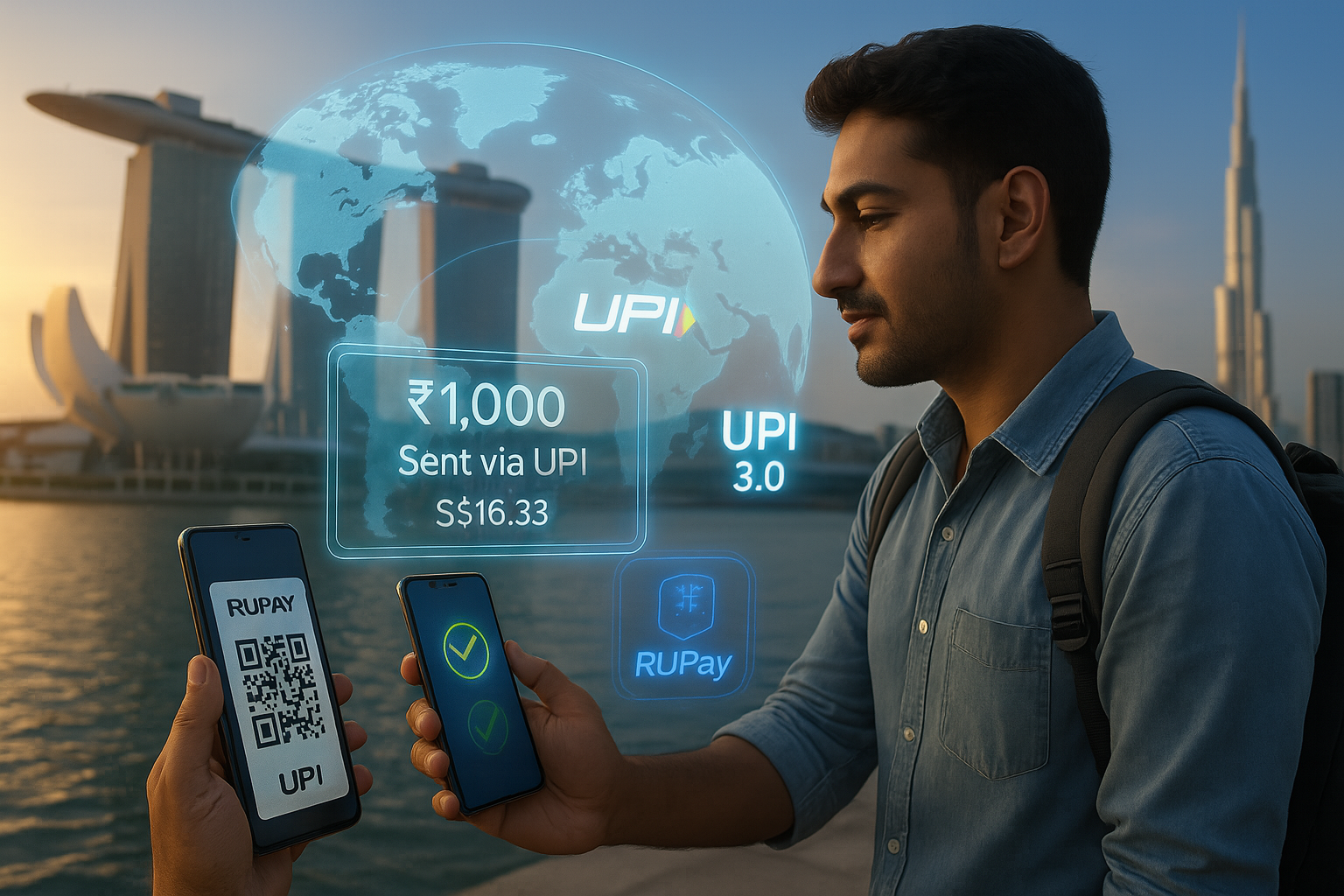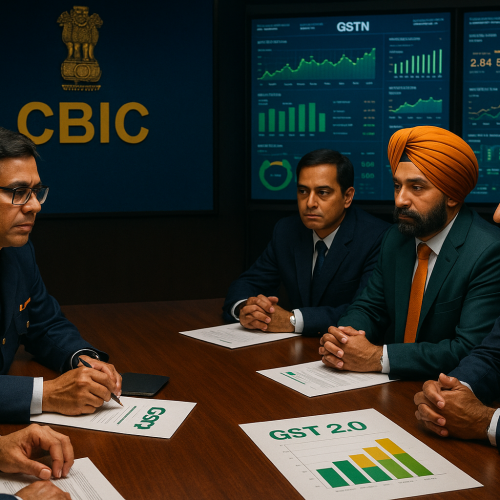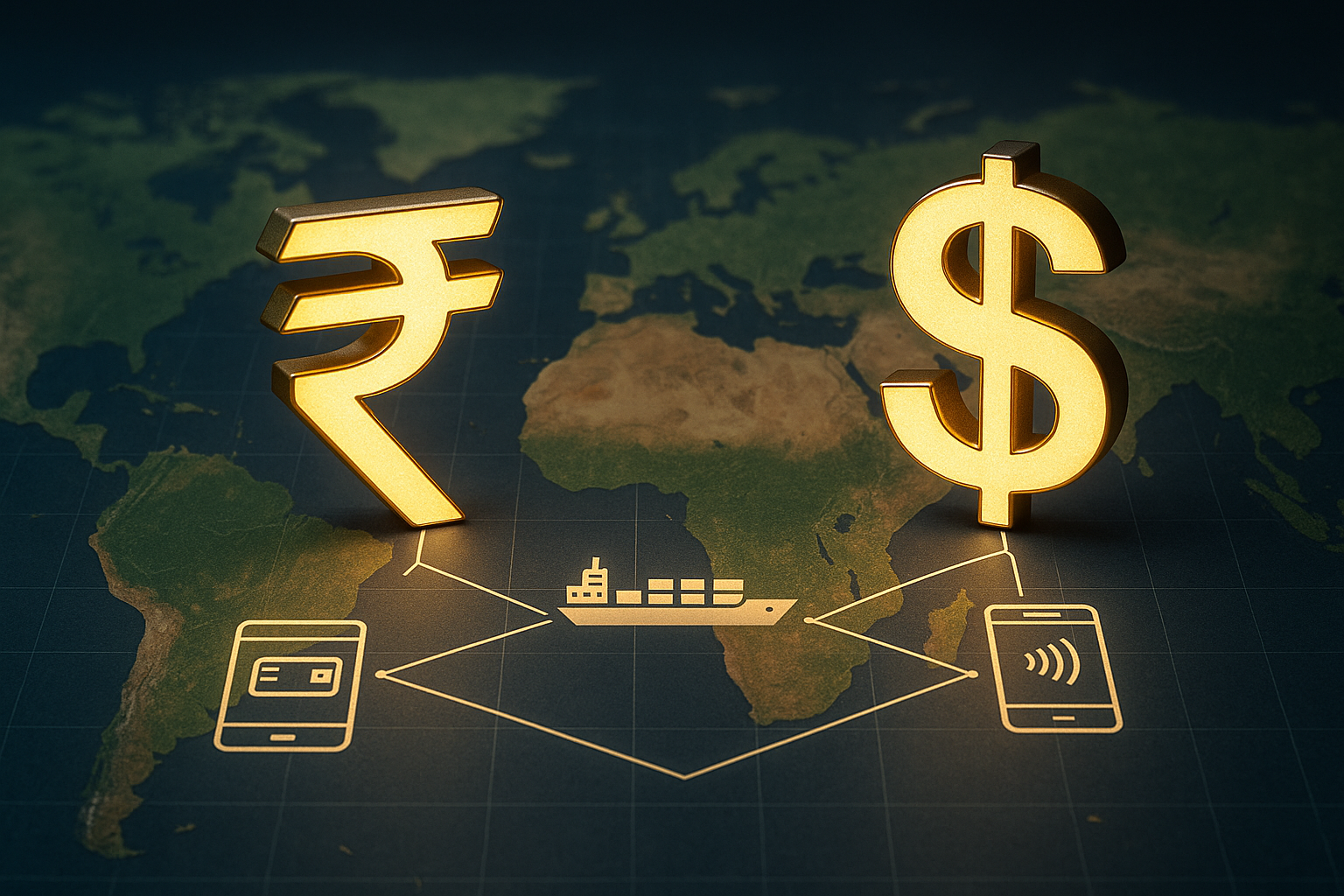India’s Unified Payments Interface (UPI) has become a global benchmark for real-time payments, clocking over 12 billion transactions monthly as of mid-2025. With the upcoming launch of UPI 3.0, the National Payments Corporation of India (NPCI) is taking the instant payment system into its next phase—one that includes offline payments, programmable APIs, credit-on-UPI, and cross-border integrations with countries like Singapore, UAE, France, and Sri Lanka. UPI 3.0 aims to further enhance accessibility, security, and reach, making real-time payments the backbone of India’s financial digitization.
Background and Context
Launched in 2016 by NPCI, UPI unified India’s fragmented payment systems and enabled instant bank-to-bank transfers using mobile numbers, QR codes, or virtual IDs. It has since outpaced cards and wallets due to its speed, cost-effectiveness, and interoperability.
Key milestones include:
UPI 2.0 (2018): Overdraft linking, signed mandates, invoice checking
UPI Lite (2022): Offline small-value transactions under ₹200
RuPay Credit on UPI (2023): Linking credit cards for UPI payments
In 2024, the government formalized cross-border UPI collaborations as part of India’s digital diplomacy under the Bharat BillPay International (BBPI) and Digital Rupee pilots.
What’s New in UPI 3.0
1. Cross-Border UPI Integration
India-Singapore: UPI-PayNow corridor allows real-time remittances with only mobile numbers.
India-UAE: Enables INR-AED payments and remittances using UPI QR.
India-France: Allows UPI acceptance in tourist hotspots like Paris and Cannes.
India-Sri Lanka and Mauritius: Facilitates trade and diaspora remittances.
2. Offline UPI (Expanded)
NFC-enabled UPI Lite+ transactions under ₹500 in remote/rural areas without internet.
Increased focus on BharatNet-linked villages.
3. Credit on UPI
Major banks now offer pre-sanctioned credit lines through UPI with real-time disbursal.
Digital lenders and NBFCs can plug into UPI rails to deliver microcredit to users instantly.
4. Programmable Payments (Beta)
Use cases for pay-per-use services, IoT billing, and subscription debits are being tested under NPCI’s sandbox.
“UPI 3.0 isn’t just faster—it’s smarter. It brings credit, offline, and cross-border features together on one stack,” says an NPCI senior official.
Major Collaborators and Innovations
NPCI International Payments Limited (NIPL): Leading UPI’s global expansion.
Worldline France, Network International UAE: Partners for acceptance abroad.
PhonePe, Paytm, Google Pay, Amazon Pay: Rolling out programmable APIs and credit-on-UPI features.
Banks: SBI, Axis, HDFC, and YES Bank now support cross-border UPI corridors and UPI credit.
Social Media Buzz and Industry Voices
@NPCI_Official
“#UPI3 is here—Offline, Credit, and Global. The world’s best payment platform just got better. #RealTimePayments #DigitalIndia”
@FintechIndia
“Cross-border UPI is a game-changer for Indian tourists and expats. UPI in Paris, Dubai, and Singapore? It’s happening. #UPIGoesGlobal”
@DigitalPaymentsGuru
“Offline UPI in rural India is a silent revolution. Imagine sending ₹100 in a no-network zone with a tap. #UPILite #FinancialInclusion”
Impact and Adoption
Over 40 million credit-on-UPI accounts opened since 2024 pilot.
300,000+ Indian tourists used UPI for payments abroad in Q1 2025.
UPI now covers 99.9% of Indian savings bank accounts, with integrations in multiple languages and regional platforms.
Challenges and Policy Watch
Interoperability in forex: Real-time currency conversion needs more regulatory alignment across countries.
Merchant acceptance abroad: Still limited beyond pilot zones, requiring local regulator approvals.
Credit governance: Real-time credit disbursal needs stronger underwriting and risk rules.
Future Outlook
UPI Global 2.0: NIPL is targeting corridors with the US, Australia, and the UK by 2026.
UPI for B2B trade: Pilot programs are underway to enable invoice-based UPI settlements for SMEs.
Digital Rupee + UPI Interop: NPCI is working on allowing CBDC transactions using UPI interfaces.
Conclusion
With UPI 3.0, India is not just refining a payments system—it is building an inclusive, intelligent, and international payment infrastructure. From rural farmers making offline transactions to tourists scanning UPI codes abroad, the vision of “real-time payments for all” is coming to life. As other nations study UPI’s model, India is positioned to export its FinTech success story to the world.












